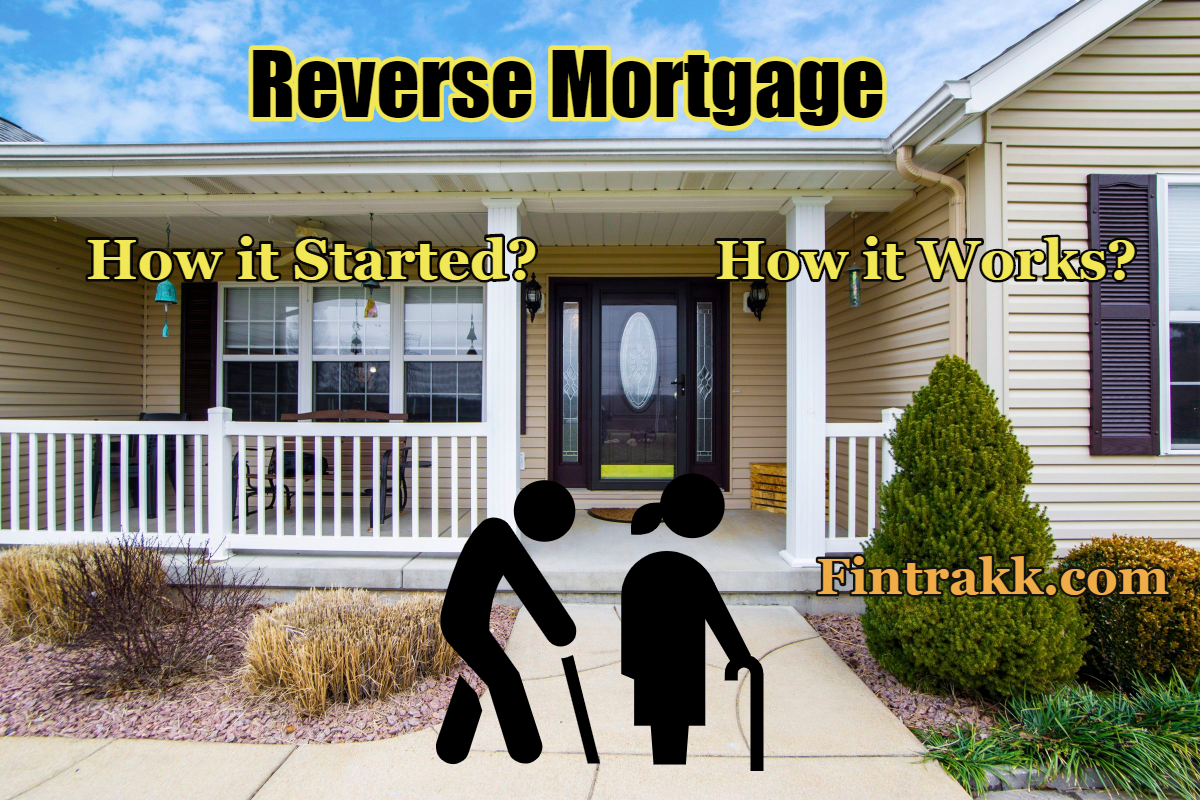The idea of retiring may conjure up visions of expensive vacations or hobbies you will finally have time for, but will you have the money? If you are not even sure how you will afford your regular bills on retirement, extras may seem out of the question.
However, you can take advantage of reverse mortgage assistance to help you increase your retirement income, at least for a while. Here we will know: How reverse mortgages started and how they work?
The First U.S. Reverse Mortgage Agreement
Reverse mortgages have existed in some form in the United States since 1961. The first one was given to a woman in the state of Maine whose home was at risk for foreclosure. She spoke to a sympathetic lender who wanted to assist her. The lender decided to create a custom loan agreement just for the situation. It allowed the woman to pay the loan back on a long-term system instead of a short-term system. The first official reverse mortgages evolved from that original loan contract.
How the Government Got Involved in Reverse Mortgages?
The government quickly jumped on the reverse mortgage bandwagon. By the 1990s, they had created Home Equity Conversion Mortgages (HECMs) They are the same as reverse mortgages, except that they are provided through government organizations.
Both HECMs and regular reverse loans require reverse mortgage calculator tools to see how much can be borrowed. The tools are necessary because today’s U.S. government has put laws in place limiting how much equity can be converted to cash from each home.
Receiving Reverse Mortgage Funds Vs Making Payments
When you have a regular mortgage on your home, you have to make payments to your lender. Those payments are expected by certain dates and each one must be a certain size. If you miss payments, you risk being evicted from your home. And, when you get a reverse mortgage, you receive the amount the reverse mortgage calculator establishes in one payment or ongoing instalments.
Alternatively, you can borrow portions of the available funds only when you need them. In any of those instances, you do not pay any money back right away, or even on a set schedule.
The entire purpose of a reverse mortgage is to allow you to keep owning your home without additional financial stress. That way you can stay comfortable during your retirement. You have to keep up with your responsibilities as home owner, but you are under no obligation to pay a certain amount back to the lender regularly. Instead, you can keep the loan active for as long as you live in your house.


Repaying a Reverse Mortgage, or Not Repaying It
Technically, you do not always have to repay a reverse mortgage at all. When you leave your home, the lender expects to be paid back. You are given an amount of time to make that repayment, such as a few months. If you do not repay what was borrowed within that time, the sale of the home is initiated.
Therefore, you do lose the home itself, but your other assets remain safe. That option provides additional peace of mind, if you are worried about how you will save the funds to repay the balance. However, in such an instance you cannot pass the home on to your heirs.
Financial planning and debt management must go hand in hand when you are working. Retirement is that age when you wish to relax and keep yourself away from unnecessary debts. So, plan wisely and explore different options to meet your regular expenses after retiring. It is anyways better to estimate and know how much money do you need for your retirement.
We hope you have a clarity on reverse mortgages meaning and how it actually started. You also learnt how reverse mortgage works. So, what’s your take on this type of reverse loan for retirees? Is it a good option for seniors or anyone whose maximum net worth is tied-up in the value of their home? Feel free to discuss.
